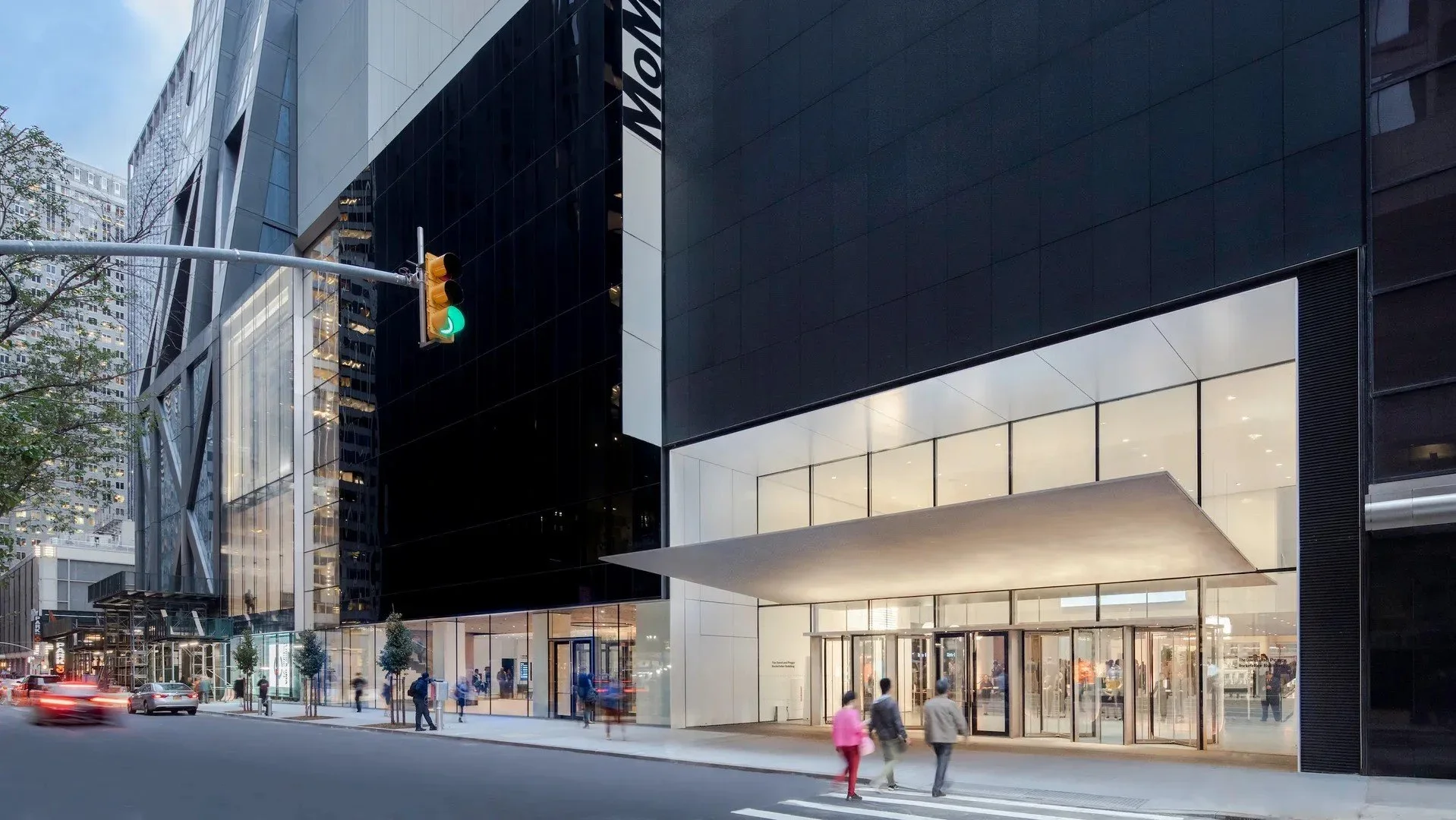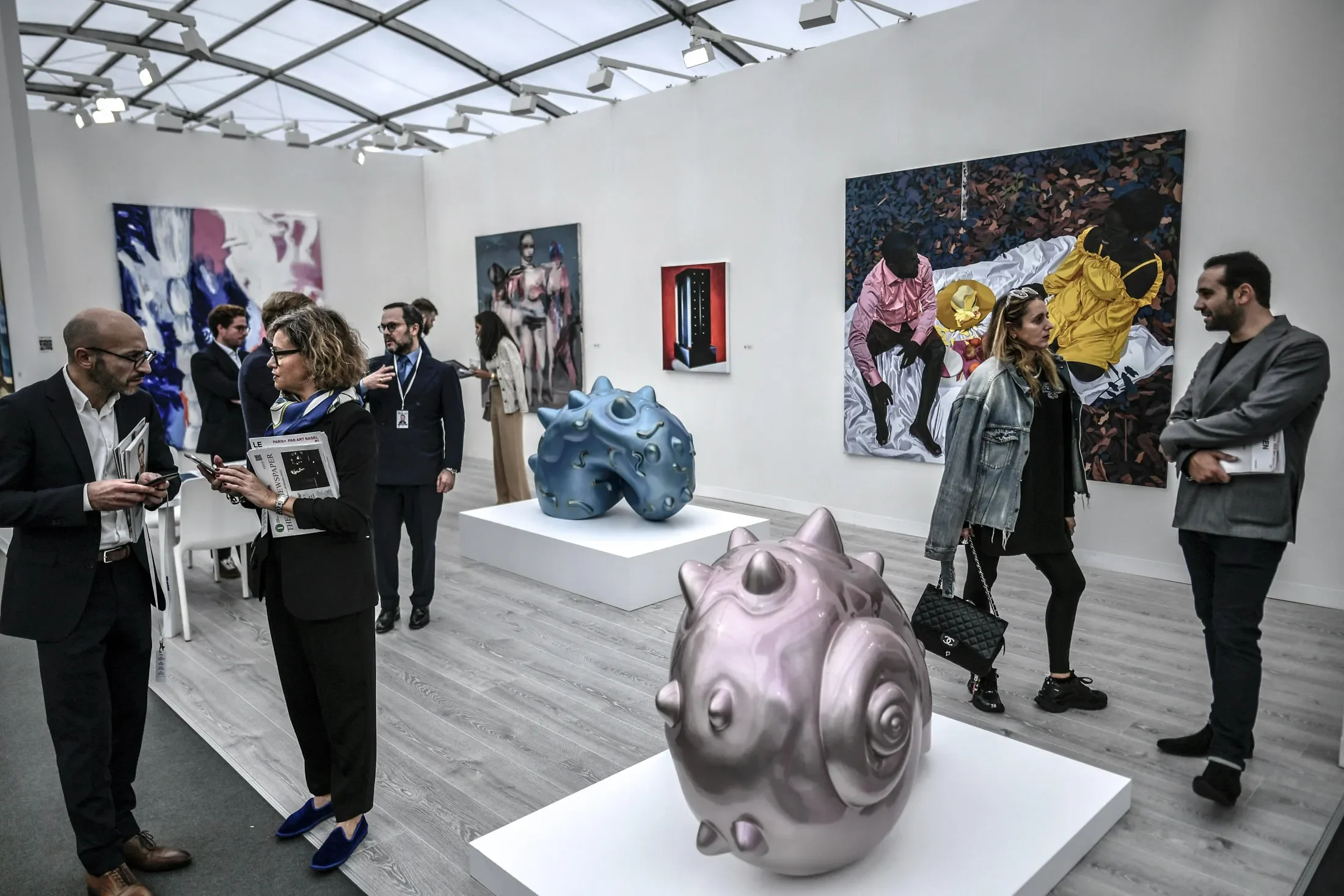THE INSTITUTIONAL RENAISSANCE: HOW MUSEUMS, FOUNDATIONS, AND PRIVATE SPACES ARE REWRITING CULTURAL POWER IN 2026
The last decade witnessed profound shifts in global cultural infrastructures, but the transformation crystallizing around 2026 represents something much more consequential: a structural reorganization of institutional power. Museums, foundations, artist-run spaces, private museums, and philanthropic platforms are no longer merely custodians or exhibitors of art. They are becoming active architects of cultural narratives, policy influencers, global conveners, and central nodes within a complex ecosystem defined by demographic change, geopolitical fragmentation, and the hybridization of the art market.
This moment is not coincidental. It arises from a convergence of forces reshaping the cultural landscape: the rise of younger collectors with philanthropic inclinations, increasing global wealth concentration, generational transfer of assets, new governmental cultural strategies, and an unprecedented expansion of private institutions across Asia, the Middle East, Eastern Europe, and Latin America. The result is a new cultural order — one in which institutions, both public and private, exert influence that extends far beyond exhibition walls.
As we move into 2026, this institutional renaissance is redefining who shapes cultural memory, who mediates artistic value, and how the art world understands its collective responsibilities.
The Museum Transformed: From Custodian to Cultural Diplomat
Museums have long been tasked with conserving and presenting artistic heritage, but today their role is expanding into diplomacy, research, digital innovation, and social activism. What began as pragmatic adaptation during global disruptions has evolved into a long-term reimagining of institutional identity.
Curatorial Models for a Fragmented World
Institutions have increased their programming around global perspectives, correcting omissions in art history and embracing works by women, non-Western artists, and diasporic voices. Collectors reinforce this shift: women collectors purchase nearly half of their works from female artists, and younger collectors prioritize diversity at rates significantly higher than previous generations.
Museums are responding by:
Developing cross-regional exhibitions
Focusing on climate-related themes
Highlighting Indigenous and diasporic artists
Expanding performance and participatory practices
Integrating digital and hybrid art into their permanent collections
The cultural narrative is no longer linear; it is polyphonic.
The Institutional Turn Toward Social Responsibility
Museums recognize that public trust is tied not only to artistic excellence but to ethical accountability. They are increasingly involved in:
Repatriation dialogues
Sustainability commitments
Transparent governance
Community-driven programming
Data ethics and digital stewardship
Institutions that fail to reflect contemporary values risk losing relevance in an era driven by collectors and audiences who expect cultural leadership, not neutrality.
The Rise of the Private Museum: A Global Surge
Private museums once seen as ultra-elite endeavors are now a mainstream global phenomenon. In Asia, the Middle East, and increasingly in Eastern Europe, Latin America, and Africa, high-net-worth individuals are transforming personal collections into public-facing cultural institutions.
Why Private Museums Flourish Now
Several forces converge:
Generational Replacement of Wealth
Millennials and Gen Z integrate cultural philanthropy into their identity, with many planning to donate artworks or create legacy structures.Institutional Gaps in Emerging Regions
Where state-supported museums are limited, private institutions fill cultural infrastructure needs.Desire for Cultural Authority
Collectors seek to shape narratives, not merely own works.Flexibility
Private museums move faster than public ones commissioning, purchasing, and presenting art with fewer regulatory constraints.
New Geographies of Private Patronage
In 2026, expect further proliferation in:
Singapore
Hong Kong & Shenzhen
Seoul
Dubai, Abu Dhabi, and Riyadh
Lagos
Mexico City
Istanbul
Kraków and Warsaw
These spaces now rival public museums in architectural ambition, curatorial sophistication, and global visibility.
Foundations as Cultural Engines: Philanthropy Reimagined
Foundations are emerging as some of the most powerful actors in the cultural system. Unlike museums, they often operate with flexible mandates commissioning research, funding residencies, supporting archives, or producing exhibitions in partnership with multiple institutions.
A New Culture of Patronage
Foundations allow collectors to:
Support living artists
Build international research networks
Influence scholarship
Preserve artistic legacies
Fund emerging curators
Support social-impact art
This model aligns with the trend that a quarter of collectors plan to donate artworks and a significant majority intend to pass collections to heirs or institutions.
Foundations as Cultural Policy Influencers
Many foundations now function as think tanks, shaping conversations on:
Sustainability
Digital rights
Art storage ethics
Cultural diplomacy
Intellectual property in AI-generated works
Equity and accessibility
The foundation becomes a space where cultural futures are imagined and enacted.
Artist-Run and Independent Spaces: Laboratories for the Future
While major institutions dominate headlines, artist-run spaces are gaining new influence as incubators for experimentation.
Why These Spaces Matter in 2026
Because they offer:
Agility
Freedom from market pressures
Safe space for conceptual risk
Community-driven governance
Spaces for emerging and mid-career artists
Collectors increasingly visit these spaces to discover artists before they reach galleries especially since 66% of collectors purchased a newly discovered artist in the past year.
These micro-institutions influence the aesthetics that later surface in fairs, biennials, and museum shows.
Biennials and Cultural Mega-Events: Global Narratives in Motion
Biennials and festivals retain enormous power in shaping global artistic discourse. They serve as cultural stage-sets where geopolitical tension, curatorial imagination, and collective anxieties play out.
Biennials as Geopolitical Mirrors
Themes increasingly address:
Migration
Ecology
Indigenous resurgence
Digital life
Borders and sovereignty
Post-colonial critique
Biennials have become spaces where global identity is interrogated and reconstructed.
Institutional Collaboration Era
Biennials increasingly partner with:
Private museums
Foundations
Artist-run initiatives
Universities
Scientific organizations
This multi-institutional cooperation defines the new ecosystem.
Digital Institutions: The New Frontier
Institutions now recognize the need for meaningful digital presence not as a pandemic-era stopgap but as an evolving cultural frontier.
Expect in 2026:
Digital collections
Curated online exhibitions
Virtual reality archives
NFT-based provenance systems
Accessible video libraries
Open-source research
Digital institutions become the connective tissue linking audiences, scholars, and global networks.
What the Institutional Renaissance Means for the Market
The new institutional landscape affects the market in profound ways:
Curatorial Validation Reorganized
Private museums and foundations now validate careers as strongly as public museums.
Increased Demand for Archival and Conceptual Works
Institutional interest shapes collector priorities driving acquisition of photography, research-based art, and digital works.
Geographic Redistribution of Value
Institutions in Singapore, Seoul, Dubai, Lagos, and Mexico City elevate regional artists into global view.
Legacy-Driven Collecting
Collectors plan for intergenerational transfer emphasizing cultural stewardship.
Institutional Collaboration with Collectors
Joint acquisitions, itinerant exhibitions, and shared research platforms become common.
Conclusion: The New Cultural Architecture of 2026
The institutional renaissance of 2026 represents a fundamental reorientation of cultural power away from a small set of Western museums and toward a diverse, global constellation of institutions. Museums, private foundations, artist-run spaces, and digital platforms together form a new cultural architecture that is more distributed, dynamic, and ethically engaged.
The art world of 2026 is not governed by a single center but by a network of cultural nodes, each contributing to a more plural, expansive, and interconnected art ecosystem. And in this new landscape, institutions are not passive guardians of heritage but active shapers of the future.




